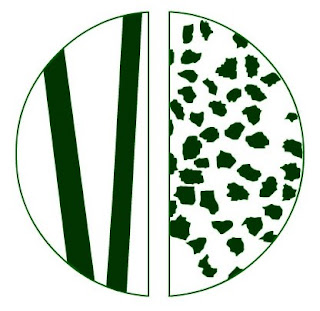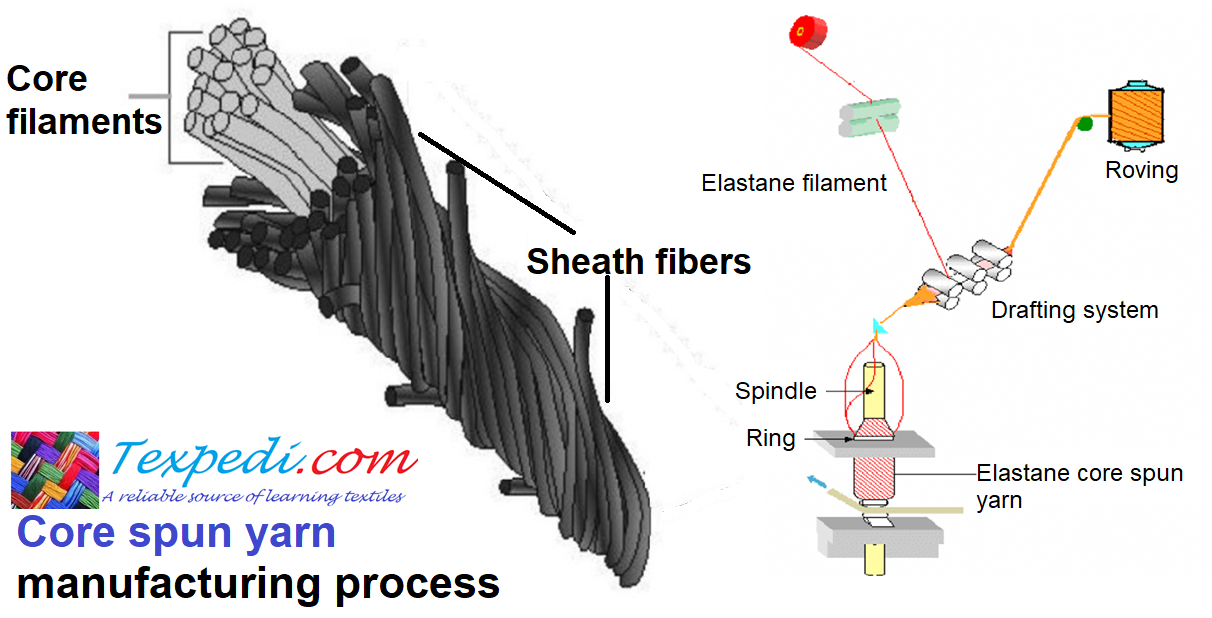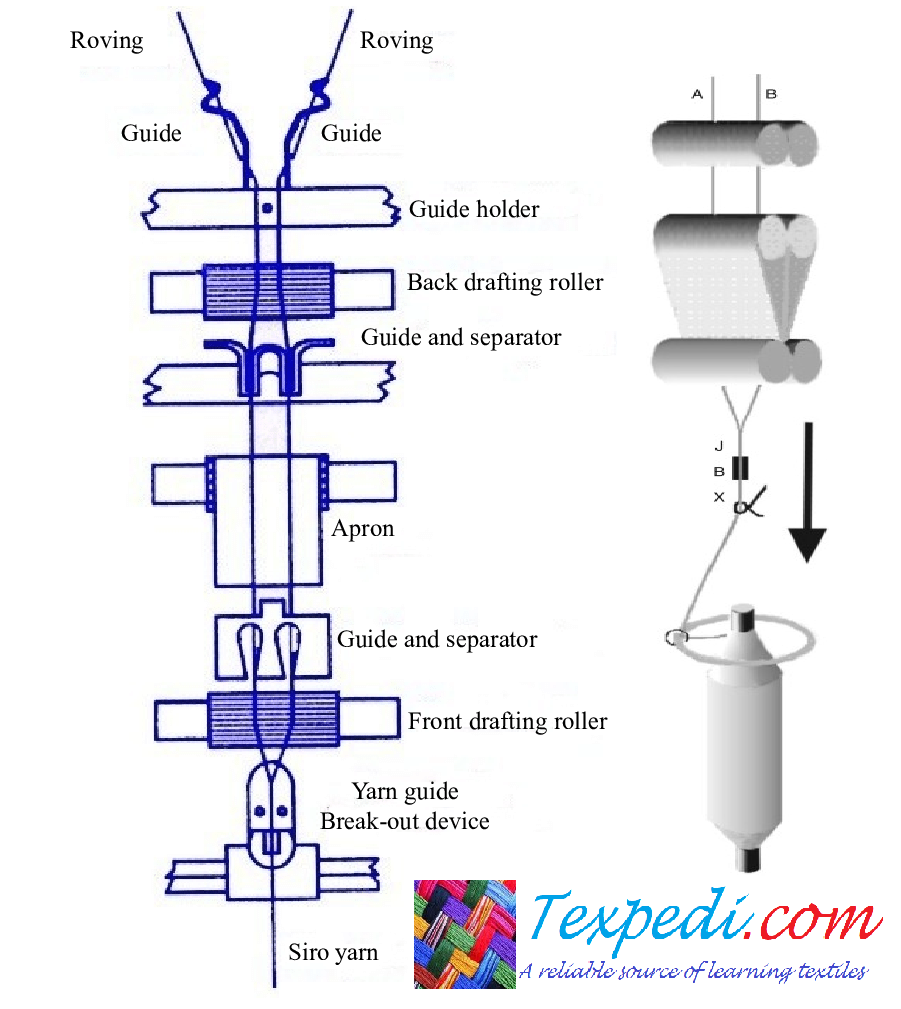Physical properties of cotton fibre?
- Structure: The cotton fibre is short (1/2 inch -2 long inch) and cylindrical or tubular as it grows.
- Strength: Cotton fibre is relatively strong which is due to the intricate structure and 70% crystalline.
- Elasticity: Cotton is relatively inelastic because of its crystalline polymer system and for this reason cotton textile wrinkle and crease readily.
- Hygroscopic moisture: Cotton does not hold moisture so well as wool or silk but absorbs it and so feels damp much more quickly. It also rapidly spreads throughout the material.
- Electrical property: The hygroscopic nature ordinarily prevents cotton textile materials from developing static electricity.
- Absorbency: As cotton has cellulose it is a good absorbent of fibre.
Thermal properties of cotton fibre?
Cotton fibres have the ability to conduct heat energy, minimizing any destructive heat accumulation thus they can withstand hot ironing temperature. Cotton is the better conductor of heat than wool or silk but not as good as rayon.
Chemical properties of cotton fibre?
- Effects of Acids: Strong acids will destroy the fibres immediately. Dilute inorganic acids will weaken the fibre and if left dry will rot it. Therefore after treatment with acidic solutions cotton articles should be thoroughly rinsed in water. They are affected very little by organic acids.
- Effects of Alkali: They are also quite resistant to alkalis even to strong caustic alkalis at high temperature and pressure. In 8% NaOH cotton fibres swells, spirals, twisted uncoil and shrinks and become thicker. The resultant fibre is smoother, lustrous, and stronger and has increased water and dye absorption.
Biological properties of cotton fibre?
Resistance to microorganisms: The mildew and bacteria damage cotton.
Resistance to insects: Moths and beetles will not affect or damage the cotton. But the sliver fish eats the cotton cellulose.
Texpedi.com
Check out these related articles:







